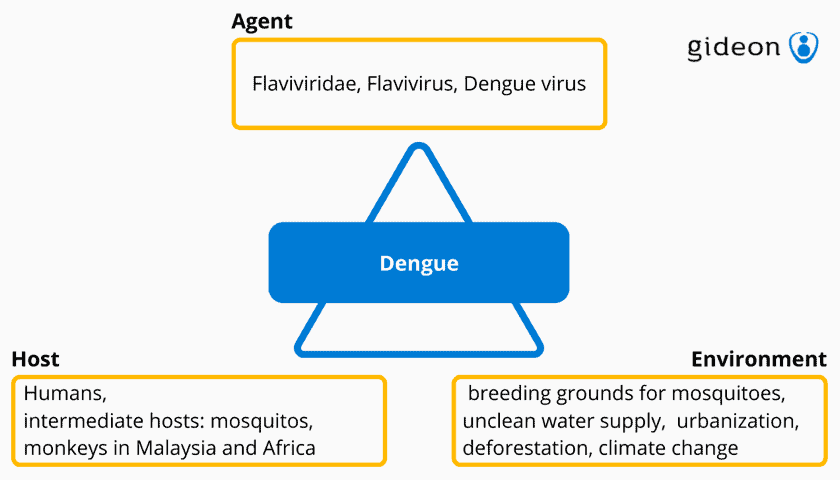Disease Detectives - General Terms
1/103
Earn XP
Description and Tags
Name | Mastery | Learn | Test | Matching | Spaced |
|---|
No study sessions yet.
104 Terms
Syndromic Surveillance
This kind of surveillance focuses on one or more symptoms rather than a physician-diagnosed or laboratory-confirmed disease. The data can be used to detect or anticipate outbreaks to mobilize a rapid response. Refers to methods relying on the detection of individual and population health indicators that are discernible before confirmed diagnoses are made. In particular, prior to the laboratory confirmation of an infectious disease, ill persons may exhibit behavioral patterns, symptoms, signs, or laboratory findings that can be tracked through a variety of data sources.

F: Food (sufficient nutrients such as protein)
A: Acidity (pH of 4.6-7.5)
T: Time (Food should be removed from the danger zone within 2-4 hours by heating/cooling
T: Temp (41-135 F is “danger zone”)
O: Oxygen (Most pathogens need oxygen to grow-- aerobic)
M: Moisture (0.95-1.0 AW)
Cohort Studies
Participants chosen based on exposure– epidemiologist records whether each study participant is exposed or not, and then tracks participants to see if they develop disease of interest (use relative risk), can be prospective or retrospective but always forward directionality (exposure known before outcome).
Case-Control Studies
Participants chosen based on disease status– investigators start by enrolling a group of people with disease (case patients) + a comparison group without disease (control) to compare previous exposure between groups (use odds ratio), retrospective and backward directionality (outcome known before exposure).
Structured Error
This error is any error other than random error. It is usually consistent and repeatable and often occurs from flawed equipment or experiment design.
Sensitive case definition
Will detect many cases but may also count as cases individuals who do not have the disease.
Specific case definition
Is more likely to include only people who have the disease but is more likely to miss some cases.
Antigenic drift
When a virus undergoes a gradual change in genetic makeup, causing a different, but somewhat similar genetic makeup to the parent virus.
Antigenic shift
Occurs when a virus undergoes a sudden change in genetic makeup, creating a new strain.
Vaccine efficacy
Measured in a controlled clinical trial and is based on how many people who got vaccinated developed the ‘outcome of interest’ (usually disease) compared with how many people who got the placebo (dummy vaccine) developed the same outcome.
Vaccine effectiveness
A measure of how well vaccines work in the real world. Measured by observing how well the vaccines work to protect communities as a whole.
Sequelae
Aftereffect fo disease, condition/injury
Determinant
Anything that can change someone’s risk for disease
Disability
The restriction of one’s ability to perform an activity in the manner considered normal for a human being
Impairment
Any loss or abnormality of psychological, physiological, or anatomical structure or function